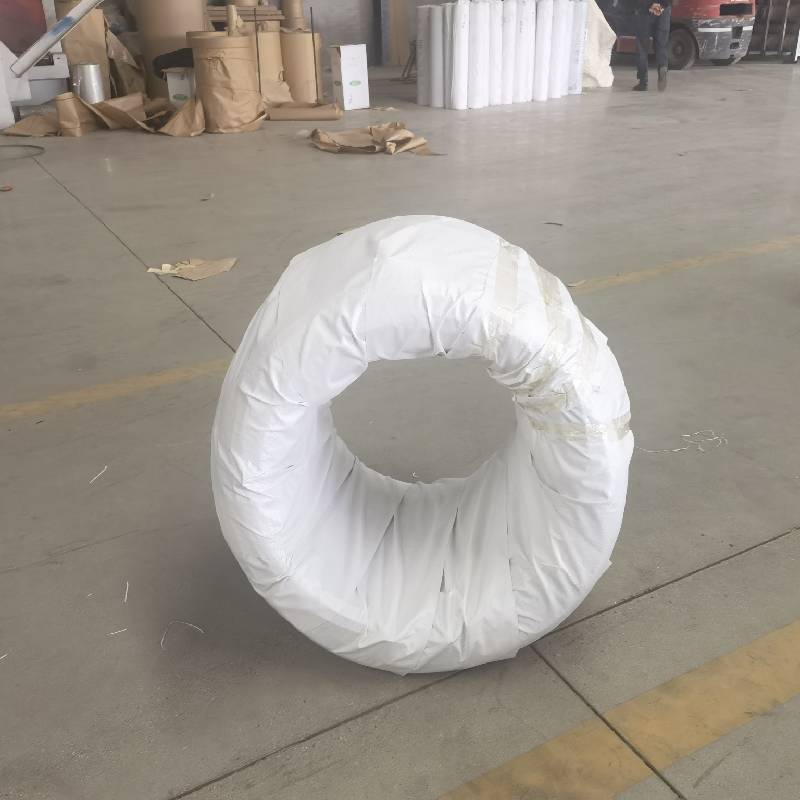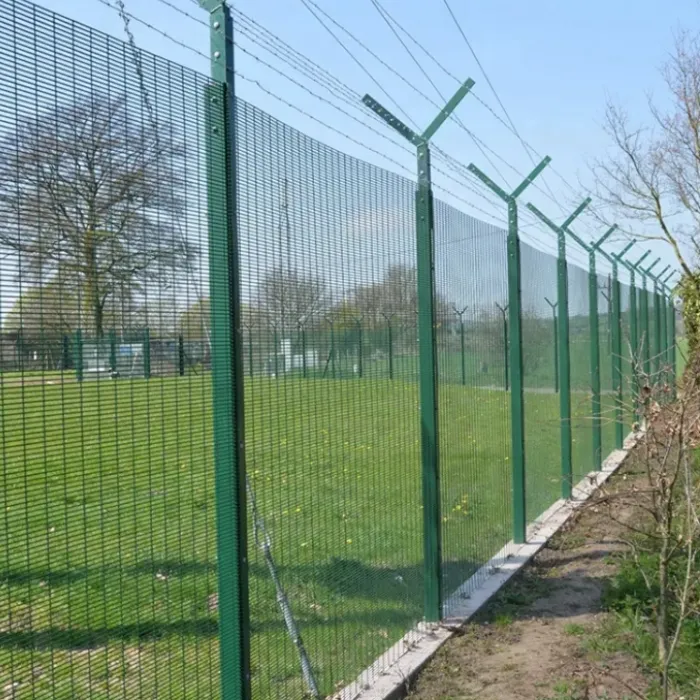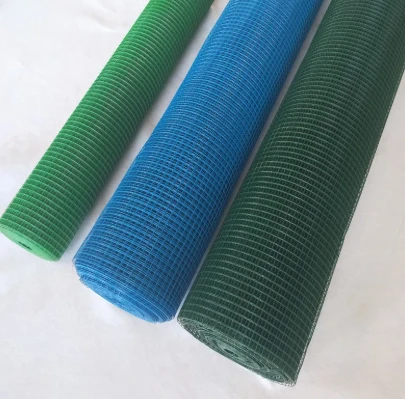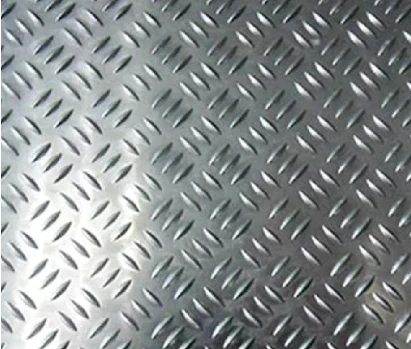Fixing a chain-link fence is an essential skill for homeowners and property managers looking to maintain security and aesthetics. While the process can seem daunting, understanding the correct techniques and tools can make it much more manageable. Drawing from extensive experience and expertise in fence repair, this guide will walk you through essential steps to effectively restore your chain-link fence, providing trustworthy advice you can rely on.

Begin by assessing the damage. Common issues with chain-link fences include loose posts, sagging mesh, rust, or broken rails. Identification of the problem is crucial as it dictates the repair method. For instance, a sagging mesh may differ in repair approach compared to a broken rail. Conduct a thorough inspection, and take notes, if necessary, to ensure you have all necessary materials and tools before starting.
For loose posts, check the stability of the ground around the post first. If the soil is unstable, excavate around the post and add gravel or concrete for reinforcement. A properly anchored post is vital because it serves as the fence's backbone, providing crucial support. If the post itself is damaged, replace it with a new one, ensuring it's treated to withstand environmental conditions, thus extending its longevity.

Addressing sagging fence mesh involves tensioning the chain links. Begin by removing tie wires connecting the mesh to the posts and rails.
Use pliers for safe removal. Once detached, use a come-along tool to pull the mesh taut. Reattach the tie wires, making sure they are evenly spaced to distribute tension. Ensure that the tension applied is just right - too tight, and the mesh could break; too loose, and it will sag again.
For rust removal, early detection is key. Rust, if left untreated, can spread, causing further corrosion and weakening of the fence structure. Use a wire brush to scrub off rust spots, employing a rust inhibitor spray to prevent future occurrences. For severe rust, replace affected sections entirely to maintain the fence's integrity. Choosing galvanized or vinyl-coated chain-link materials in the future can also help prevent rust issues.
fixing chain link fence
If rails are broken, support the structural integrity of your fence by replacing damaged sections promptly. Measure the broken sections and cut new rails to fit using a hacksaw. Always ensure rail replacements are securely inserted into the post fittings and connected using metal brackets. Proper installation is critical, as rails tend to bear substantial weight and tension from the chain-link mesh.
Safety should be your primary concern throughout the repair process. Always wear appropriate safety gear including gloves, eye protection, and work boots. If power tools are required, ensure they are used in accordance with the manufacturer’s instructions. Another safety consideration is to check for underground utilities before doing any digging to avoid potential hazards.
When repairs are complete, give the entire fence a once-over to ensure stability and secure connections. Walk along the fence line, applying slight pressure to the posts and mesh, checking for any areas that still require attention.
Finally, regular maintenance can prolong the life of your chain-link fence, making future repairs less frequent and extensive. Consider scheduling periodic checks for any signs of damage or wear, especially after severe weather conditions. Applying protective coatings, ensuring vegetation doesn't grow too closely to the fence, and keeping it free from debris will contribute to its durability.
This comprehensive approach to fixing a chain-link fence draws upon professional standards and real-world experiences, offering a detailed yet straightforward methodology to maintain and repair your fence effectively. By adhering to these guidelines, you can extend the lifespan of your fence, ensuring it provides security and aesthetic value for years to come.
























